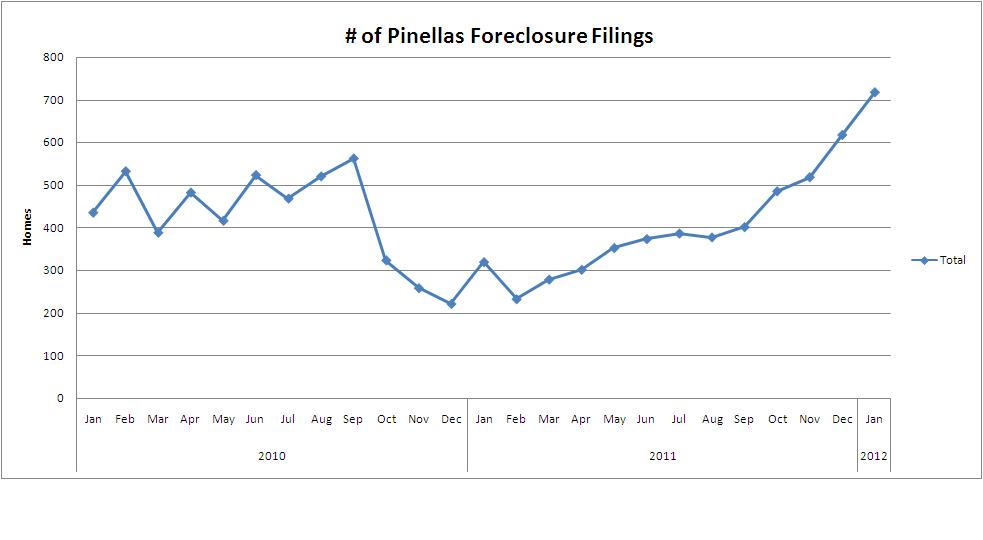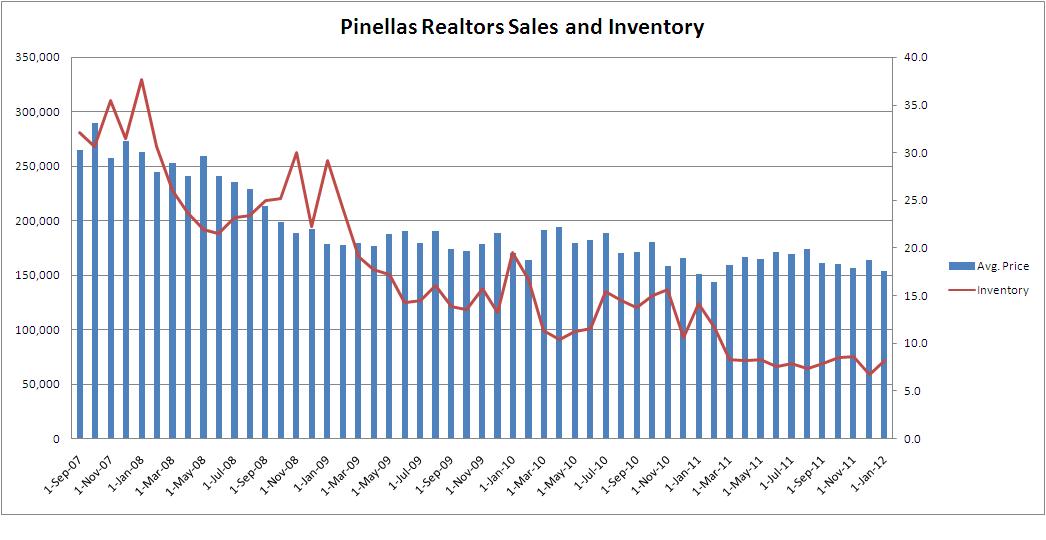Realtors, have you ever shown a home that includes a new addition or the conversion of another space, like a garage or porch? Of course you have. And the next thing you did was review the listing to see if it was included in the GLA by the listing agent. In the past you may have simply viewed the area to see if it was completed in a workmanlike manner and advised your client. (social ring)
Not so fast! In order to ensure a smooth closing it would be wise to give more consideration to the addition. While real estate appraisers have always been required to determine if the space meets a reasonable definition of living area, lenders are requiring additional documentation from the appraisers. Lenders require that appraisers must document in the appraisal if the addition was built with permits. Permitted additions should be included in the gross living area, assuming it meets the other requirements.
If the addition was not permitted or the documents cannot be obtained, don’t fear the area can still be considered as living area if:
The non-permitted additions do not increase the FOOTPRINT of the original construction and:
- They were completed in a workmanlike manner.
- The addition is similar or superior in quality to the original home.
- The addition is typical in the market area.
- The appraiser is able to demonstrate market acceptance by providing similar comparable sales.
If the addition does increase the FOOTPRINT of the original home, be careful. The appraiser will be asked to verify the permits and also determine if it was built to code. Because it is way beyond the scope of the appraisal and most appraisers are not qualified to determine if it was built to code, appraisers should describe the area to the lender and disclose all known facts. Our experience has been that lenders will be reluctant to lend on properties with this situation.
So be especially careful if you are listing or selling a home that includes an addition that increases the footprint of the home. Make sure the necessary documents are available to the appraiser to eliminate possible lending issues.
If permits were not pulled or cannot be found for additions that increase the footprint, the appraiser will be asked to describe the obsolescence to remove the addition and return the structure to it original state.


